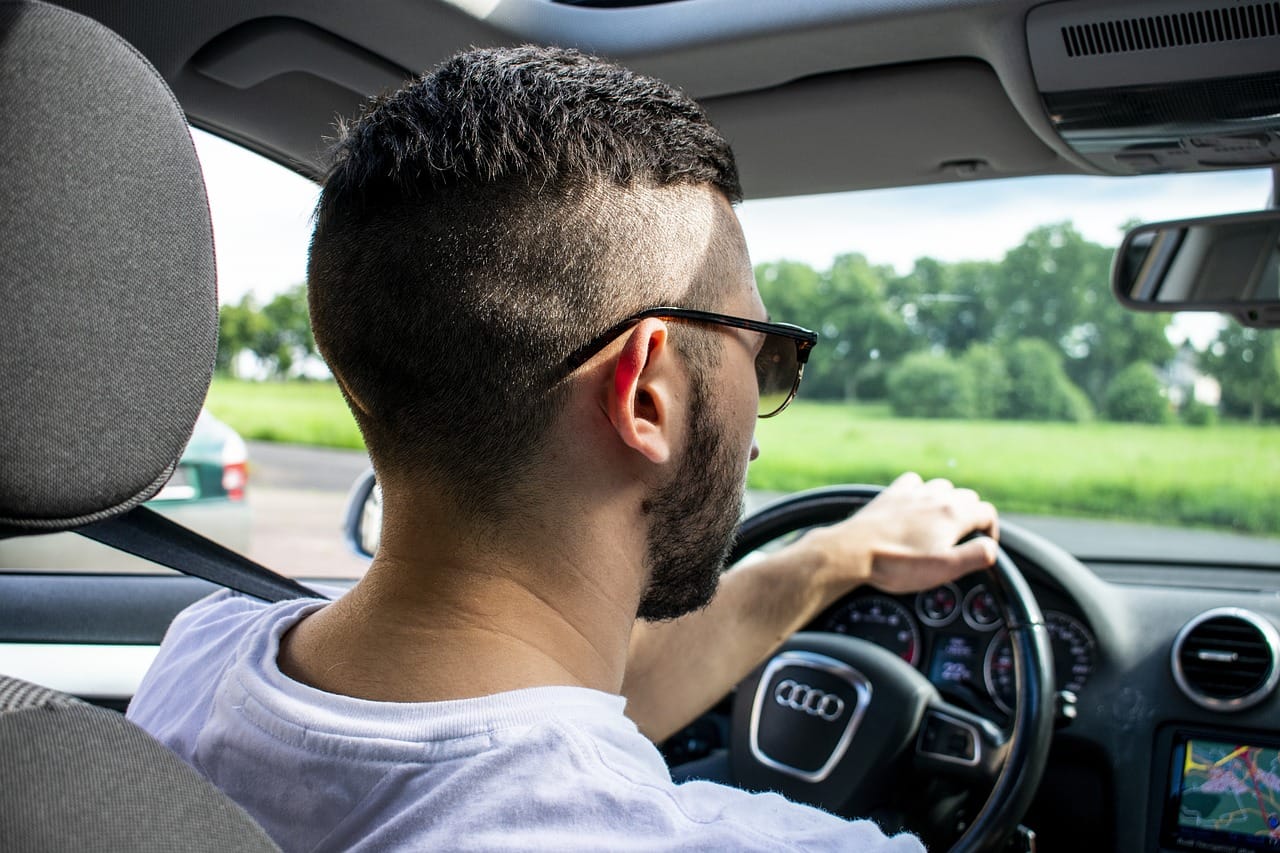15 ways to boost your Driver rating

Rideshare drivers, especially those who work with Uber, often live in fear of low ratings from riders. Why? Because consistently low ratings can get you deactivated or even permanently banned. Naturally, most drivers care about their jobs and want to offer welcoming, useful services to the multitudes of customers who use ridesharing services each week.
That’s why there is always a flurry of online conversation among rideshare drivers on how to get and maintain a high rating—which includes some controversy and calls for Uber and other companies to reconfigure their systems, claiming they’re fear-based and pointless.
But as long as the ratings system is in place, drivers literally can’t afford to remain ignorant of at least some ways to make a good impression on customers. Here is a quick Q&A and fifteen do’s and don’t’s to upping your driver rating.
How to check your Lyft rating?
You can view your driver Lyft rating by opening your app and navigating to the Driving History part of your app dashboard.
How to check your Uber Driver rating?
Viewing your Uber driver rating is just as simple – open your Driver app, click on the menu and then on your profile photo and navigate to the average rating.
Our do’s and dont’s
Know where you’re going
Among experienced Uber drivers, this is without fail the number-one requirement. Passengers hate to see a person they’re paying to transport them not know where anything is, get lost, or not already know the most efficient ways to get from Point A to Point B. Especially in the era of Waze and Google Maps, there’s no excuse for drivers not to be quite familiar with the layout of their cities.
Take a test ride as a passenger
Good Uber drivers are often also good passengers. Seeing the ride from the vantage point of the customer is invaluable to an experiential understanding of what makes a good driver. Did you get an absolutely delightful driver? Then basically do everything they did. Was your driver a nightmare? Now you know exactly what to avoid—and know what it’s like on the passenger’s end of the experience. (Are you having difficulty deciding which company to work with? HyreCar interviewed drivers from both Uber and Lyft to get their input.)
Take a training course
You know those courses Uber makes you take if you get deactivated for poor service? Well, a little-known fact is that active drivers can enroll in them, too—and they’re cheaper that way! One course facilitator says that many drivers formally learn the practical steps to being a better driver only after it’s too late—in other words, after a series of pathetic ratings has gotten them suspended from the app. Why not brush up from an expert while you have time to actually implement the lessons learned in a productive way?
Read your passengers
This is so important: Not every passenger wants to have an in-depth conversation, especially in the age of Angry Birds and constant Twitter updates. You should be able to read people well enough to know which ones are open to casual conversation and which ones just want to be left alone. Making a passenger talk who doesn’t want to—or ignoring one who wants to be friendly—can result in bad ratings.
Mount your phone
Do not handle your phone or keep it in your lap while driving. Passengers do not feel safe if both of your hands are not occupied with steering. Dashboard mounts for your phone are inexpensive and can be considered an investment. Keep it securely fastened to your dashboard and only touch it for app-related things (such as GPS stuff).
Keep charging cables handy
Lots of ride sharing passengers are younger people who live on their phones. Especially if you’re working during surge hours with lots of potentially inebriated people trying to get home from bars, they might get agitated if their precious iPhone 7 has only ten percent of its battery left. Do them a kindness and keep multiple chargers on tap for both Android and iPhone models. Some chargers even have multiple ports so multiple devices can be charged at once (like this one).
Keep your car spotless
While this can be difficult if passengers do things like leave a whole pizza on your carpet, it’s important to maintain a neat, clean, and detailed car. Passengers expect to ride in a car that does not look or smell like a forty-year-old taxi. Put the time and effort in to keep your vehicle vacuumed, washed, and free of trash and debris. (HyreCar offers fully-insured car rentals for people interested in working for Uber or Lyft.)
Be respectful
This really ought to be obvious. Even if your passengers behave like jerks, do everything you can to be kind, warm, and gregarious. Do not make rude or mean comments, even (especially?) about drunk passengers. Be sensitive to their comfort level, their needs/wants (within reason, of course), and make sure to appear and act non-threatening and inviting.
Never express road rage
This is a one-way ticket to a one-star rating. Even when the car in front of you can’t choose a lane, you get cut off, or the car next to you gives you the finger, never, ever communicate anger, harshness, or antagonism. Practicing self-control, even if doing so through gritted teeth and white knuckles, is far better than giving into anger and frightening a passenger. It’s just not worth it.
Consider stashing some amenities
This can be a controversial move. Some drivers feel passengers aren’t entitled to anything beyond a safe, clean ride. Others are convinced offering little extras—like mints, chewing gum, bottled water, or even a tablet for games—can be helpful in making passengers feel comfortable and put them in a high-rating mood. It’s up to you, but it might be worth trying. (Here are some other things you might want to have on-hand.)
Pick up the right person!
This is why passengers have a profile picture. Does the person you’re picking up look like them? If not, stay away. Riders who request pickups that don’t come have no way of knowing if you blew them off or sincerely got confused (or duped) by another person. If they pay for a ride you don’t follow through on, you will be rated poorly. Make sure you’re picking up the right passenger!
Drive safely
This ties in with the no-road-rage recommendation. Doing stupid things like speeding, drifting into the oncoming lane, blowing through stop signs and red lights, and narrowly missing pedestrians are both illegal and a sure-fire way to get banned from any reputable ride-sharing company. You don’t have to be a perfect driver, but don’t be stupid, either.
Don’t (usually) ask if passengers have a preferred route in mind
This is why you have navigation capabilities on your phone, and why you should know where you’re going. Generally speaking, passengers assume you know where you’re going and that navigation is your job, not theirs. Asking them if they have a preferred route is, in the words of one rideshare expert, “forces your passenger to make a decision they don’t want to.” The only exception is if the destination appears residential; if so, the passenger is likely going to a familiar location and may have a preferred way of getting there.
Don’t ever smoke!
Smoke all you want on your own time. But do not sit in your car smoking a pack on breaks (this just leaves the stench in the car, which is a huge turn-off for virtually every passenger), and never smoke during a ride. Like with road rage, a little self-control goes a long way to avoiding needless, foolish, and disruptive activity.
Conclusion
Rideshare ratings systems aren’t perfect. But there are achievable, reasonable and (frankly) common-sense things every driver can do to make the ride-sharing experience safe, enjoyable, and productive for all.
Pssst! Do you want to learn how to maximize your earnings as a rideshare driver? Check out this post from the HyreCar blog that shows you how to do just that!



